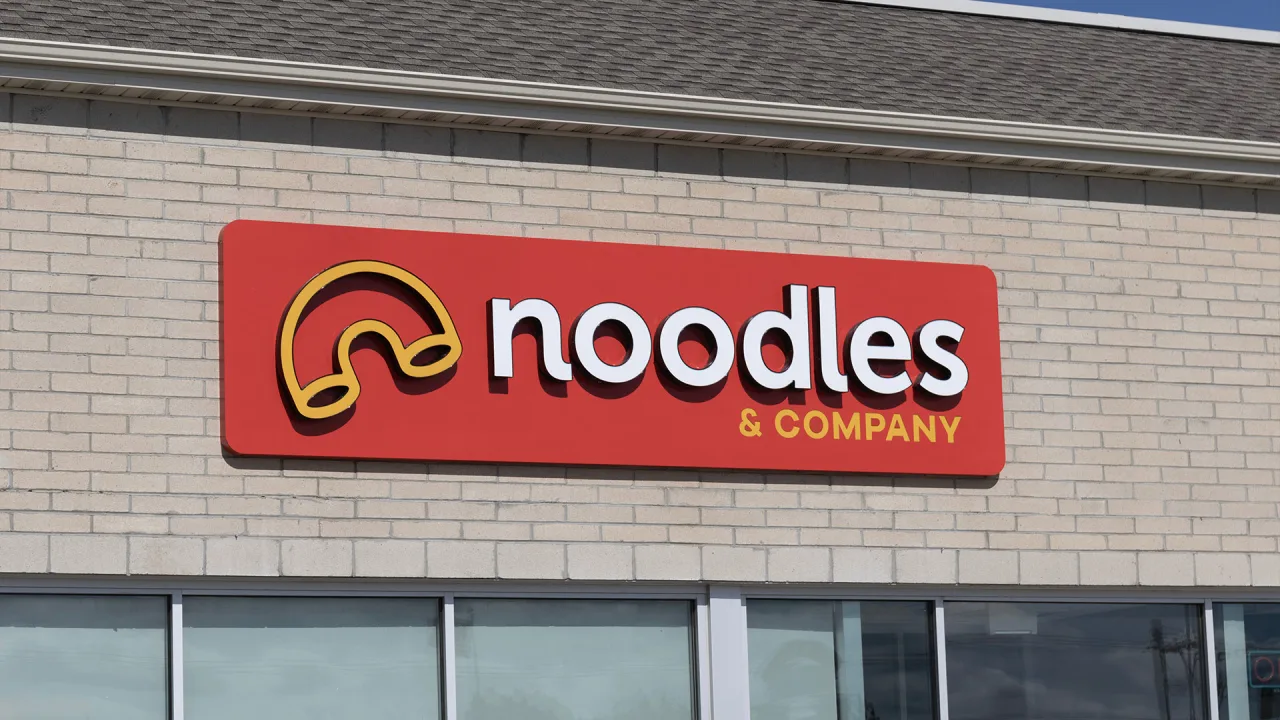The H Mart paradox: Why the beloved Asian grocer might be OK despite Trump’s trade war
On a recent weekend in April, data consultant Shane Kessler wasn’t at the grocery store to panic-buy eggs, but rather to scour the tall, narrow aisles of the the H Mart in Manhattan’s K Town for the viral Korean pastry known as a crungji, basically a flattened croissant. He hadn’t found one yet, but his basket was filled with popular Melona ice cream, from South Korea, and two bottles of his favorite Japanese soy sauce from among the more than 100 varieties on offer. He was worried about tariffs raising the prices of his favorite goods. “I never thought I’d be stockpiling soy sauce, but here we are,” he shrugged. “I’ve come to H Mart every weekend this month.” Kessler’s transformation from casual fan to hoarder of once-niche pantry items is symbolic of a broader shift in America. Last year, sales of Asian groceries grew almost four times faster than overall grocery sales in the U.S., according to data analytics company Circana, and topped $55 billion here, per research firm IBISWorld. Korean instant ramyun exports alone surpassed $100 million last year, thanks to the popularity of products like Nongshim’s Chapagetti noodles (seen in Parasite) and BTS-endorsed Buldak from Samyang Foods, which was the official “hot sauce partner” of this year’s Coachella. Leading that boom in the U.S. is H Mart, the 43-year-old Korean grocery chain that stocks thousands of brands from across Asia in what have become almost Walmart-size stores. Since its founding with a single outpost in Woodside, Queens, in 1982, H Mart has grown into the largest specialty grocer in America. Over the past three years alone, it’s expanded from 77 stores in 12 states to around 100 across 16 states, plus seven in Canada and one in London, generating $2 billion in annual sales, according to reporting by the New York Times. [Photo: Lane Turner/The Boston Globe/Getty Images] H Mart’s cultural reach has risen alongside its physical footprint, which in New York recently included a Squid Mart collaboration with Netflix for season two of Squid Game. The company has benefitted from the ascendance of K-dramas, K-pop, and the broader “Korean wave,” as well as TV-famous Korean fusion chefs, like David Chang and Roy Choi. Other celebrities have put an even finer point on it: Musician Michelle Zauner’s 2021 memoir, Crying in the H Mart, catapulted the grocery store’s name onto the New York Times bestseller list. Nearly a third of H Mart’s customers are now non-Asian, it has said—a significant pivot from the early days, when its original name (“Han Ah Reum”) appeared only in Korean characters. (Privately run by the Kwon family since 1982, H Mart largely shuns the media and eschews national advertising. It didn’t respond to Fast Company’s interview request.) Since early April, when President Trump held his “Liberation Day” press conference, hooked American consumers have been worried that their new obsession with Asian groceries could become a casualty of the administration’s trade war. The roller coaster of tariff rate changes so far is dizzying. But unless new trade agreements are struck before the 90-day suspension expires, “retaliatory” tariffs will be imposed on July 9—of around 25% on Japanese and Korean products, and up to 48% on Vietnamese items. Tariffs on Chinese goods, currently at 30%, could snap back to 145% by mid-August. Surveys show most Americans expect grocery prices to get hit the hardest, with half already adjusting their spending habits. On a recent earnings call, Walmart CEO Doug McMillon signaled that the rising price of imported food is a particular concern for the retailer. (Trump responded by telling Walmart to “eat the tariffs.”) Online, reactions have ranged from people copping to panic-buying Kewpie mayo and Fly by Jing chili crisp to grimly joking “how skinny I’m going to be” once the tariffs hit their go-to specialty grocer’s aisles. “We’re all going to be crying in H Mart,” one TikTok user commented. But the truth is more complex. H Mart, which has grown into a U.S. grocery powerhouse by stocking items from around the globe, appears hitched to such a remarkable growth trajectory that it may be less vulnerable than people fear. Asian brands, made in America Specialty foods are particularly vulnerable to tariffs. They rely on regional ingredients and techniques that are hard—even impossible—to replicate elsewhere. Champagne and Parmigiano Reggiano, for example, simply can’t be produced on American soil. The same is true for many Asian food brands. Fly by Jing, for example, only uses ingredients from China’s Sichuan province for its line of sauces and spices that launched in 2019. Founder and CEO Jing Gao says that the tariffs for her products stood at 160% prior to the 90-day negotiation period. Though Fly by Jing isn’t sold at H Mart, it is carried by Whole Foods, Kroger, Walmart, and other major U.S. supermarket chains, which gives it some padding to absorb the extra costs. Even so, it’s an ind

On a recent weekend in April, data consultant Shane Kessler wasn’t at the grocery store to panic-buy eggs, but rather to scour the tall, narrow aisles of the the H Mart in Manhattan’s K Town for the viral Korean pastry known as a crungji, basically a flattened croissant. He hadn’t found one yet, but his basket was filled with popular Melona ice cream, from South Korea, and two bottles of his favorite Japanese soy sauce from among the more than 100 varieties on offer. He was worried about tariffs raising the prices of his favorite goods. “I never thought I’d be stockpiling soy sauce, but here we are,” he shrugged. “I’ve come to H Mart every weekend this month.”
Kessler’s transformation from casual fan to hoarder of once-niche pantry items is symbolic of a broader shift in America. Last year, sales of Asian groceries grew almost four times faster than overall grocery sales in the U.S., according to data analytics company Circana, and topped $55 billion here, per research firm IBISWorld. Korean instant ramyun exports alone surpassed $100 million last year, thanks to the popularity of products like Nongshim’s Chapagetti noodles (seen in Parasite) and BTS-endorsed Buldak from Samyang Foods, which was the official “hot sauce partner” of this year’s Coachella.
Leading that boom in the U.S. is H Mart, the 43-year-old Korean grocery chain that stocks thousands of brands from across Asia in what have become almost Walmart-size stores. Since its founding with a single outpost in Woodside, Queens, in 1982, H Mart has grown into the largest specialty grocer in America. Over the past three years alone, it’s expanded from 77 stores in 12 states to around 100 across 16 states, plus seven in Canada and one in London, generating $2 billion in annual sales, according to reporting by the New York Times.
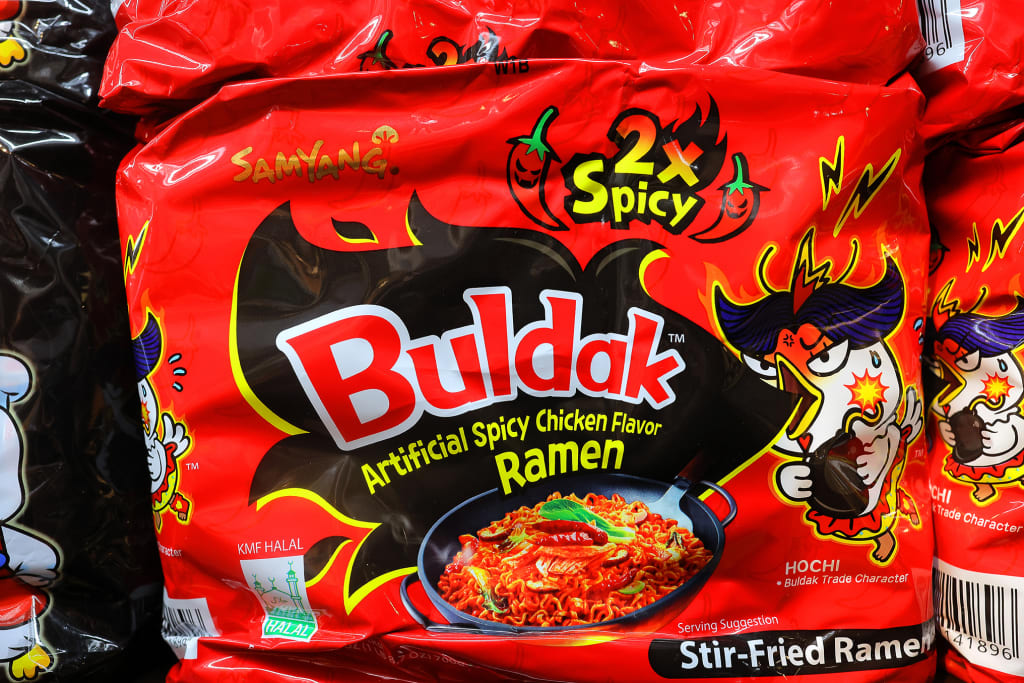
H Mart’s cultural reach has risen alongside its physical footprint, which in New York recently included a Squid Mart collaboration with Netflix for season two of Squid Game. The company has benefitted from the ascendance of K-dramas, K-pop, and the broader “Korean wave,” as well as TV-famous Korean fusion chefs, like David Chang and Roy Choi. Other celebrities have put an even finer point on it: Musician Michelle Zauner’s 2021 memoir, Crying in the H Mart, catapulted the grocery store’s name onto the New York Times bestseller list. Nearly a third of H Mart’s customers are now non-Asian, it has said—a significant pivot from the early days, when its original name (“Han Ah Reum”) appeared only in Korean characters. (Privately run by the Kwon family since 1982, H Mart largely shuns the media and eschews national advertising. It didn’t respond to Fast Company’s interview request.)
Since early April, when President Trump held his “Liberation Day” press conference, hooked American consumers have been worried that their new obsession with Asian groceries could become a casualty of the administration’s trade war. The roller coaster of tariff rate changes so far is dizzying. But unless new trade agreements are struck before the 90-day suspension expires, “retaliatory” tariffs will be imposed on July 9—of around 25% on Japanese and Korean products, and up to 48% on Vietnamese items. Tariffs on Chinese goods, currently at 30%, could snap back to 145% by mid-August.
Surveys show most Americans expect grocery prices to get hit the hardest, with half already adjusting their spending habits. On a recent earnings call, Walmart CEO Doug McMillon signaled that the rising price of imported food is a particular concern for the retailer. (Trump responded by telling Walmart to “eat the tariffs.”) Online, reactions have ranged from people copping to panic-buying Kewpie mayo and Fly by Jing chili crisp to grimly joking “how skinny I’m going to be” once the tariffs hit their go-to specialty grocer’s aisles. “We’re all going to be crying in H Mart,” one TikTok user commented.
But the truth is more complex. H Mart, which has grown into a U.S. grocery powerhouse by stocking items from around the globe, appears hitched to such a remarkable growth trajectory that it may be less vulnerable than people fear.
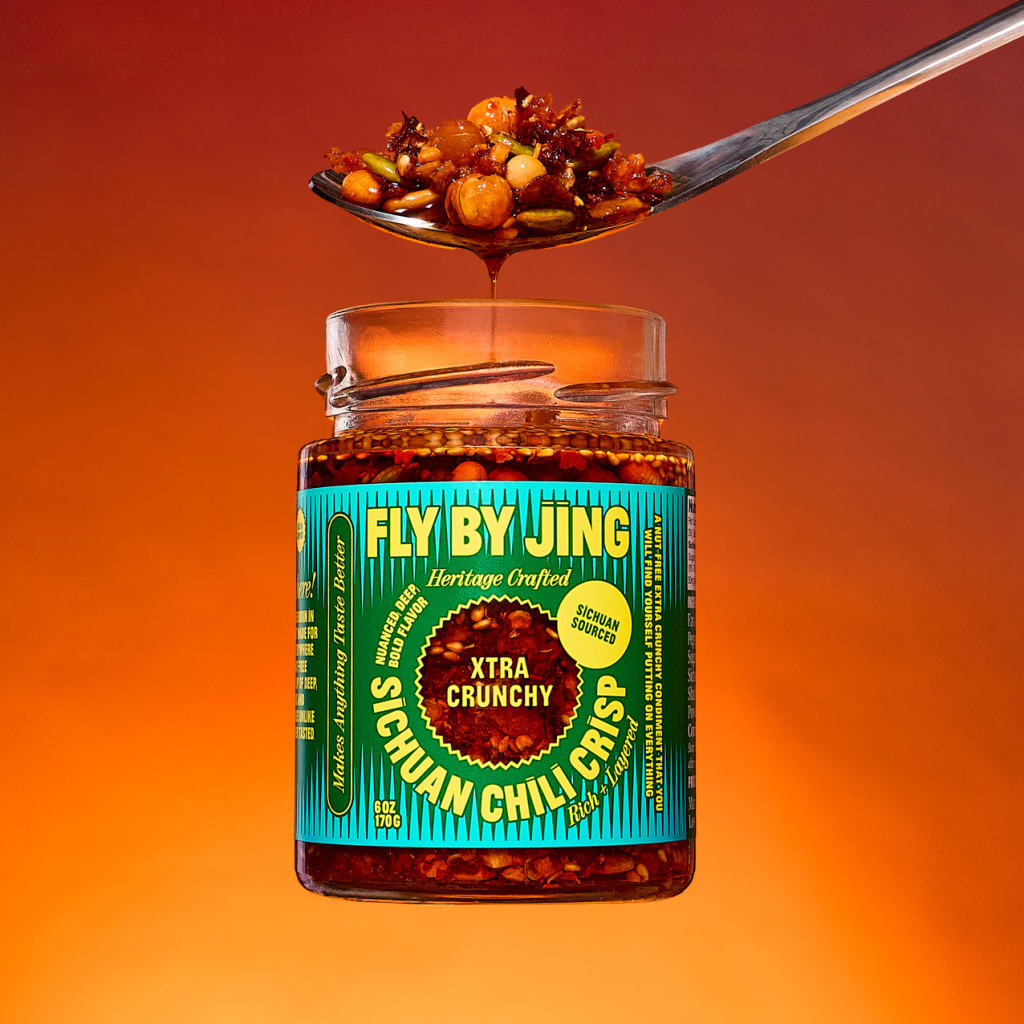
Asian brands, made in America
Specialty foods are particularly vulnerable to tariffs. They rely on regional ingredients and techniques that are hard—even impossible—to replicate elsewhere. Champagne and Parmigiano Reggiano, for example, simply can’t be produced on American soil.
The same is true for many Asian food brands. Fly by Jing, for example, only uses ingredients from China’s Sichuan province for its line of sauces and spices that launched in 2019. Founder and CEO Jing Gao says that the tariffs for her products stood at 160% prior to the 90-day negotiation period. Though Fly by Jing isn’t sold at H Mart, it is carried by Whole Foods, Kroger, Walmart, and other major U.S. supermarket chains, which gives it some padding to absorb the extra costs. Even so, it’s an independent food brand, and Gao worries how the tariffs will impact food companies like hers—and American culture, along with them. “Sharing authentic ingredients and flavors is one of the most powerful ways to explore the nuances of other cultures,” she tells Fast Company. Tariffs “not only threaten our brand’s prosperity,” she adds, “but rob Americans of an accessible way to connect with and appreciate cultures at a time when we need it most.”
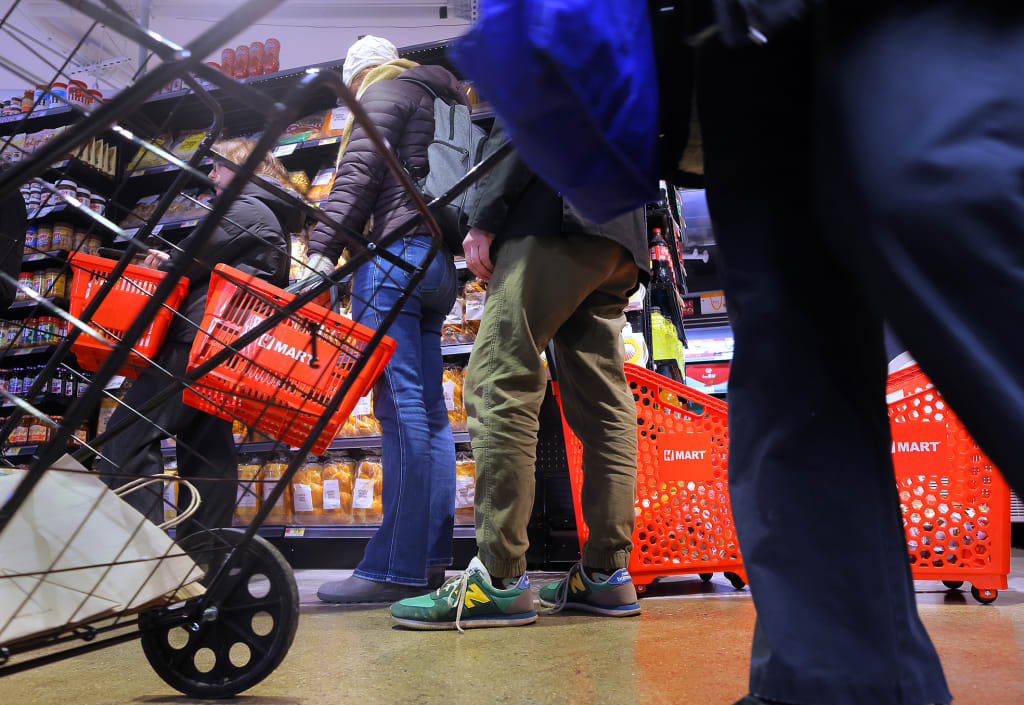
Large companies, as well, are wrestling with the operational unknowns that Trump’s tariffs have unleashed. Last month, at an international ramyun conference in Seoul, the CEO of Samyang Foods noted that his company was forming a task force to study U.S. tariff policy more closely. Samyang has been focused on wooing American consumers. Its U.S. sales hit $280 million last year, growing 127%, thanks to its Buldak ramyun sales. For its pop-up experiences at Coachella this year, the company enlisted influencers, K-pop stars, and even American rapper GloRilla to drive awareness. But Samyang doesn’t have any manufacturing facilities here, at least not yet.
Some Asian food brands are in a very different position. Shoppers might be relieved to learn many of H Mart’s top brands outsourced production of their U.S. products years ago—to right here in America. Though industry analysts say it’s difficult to ascertain what proportion of products H Mart imports versus sources domestically, a fair number of the brands that it stocks have manufacturing facilities in the U.S.
Nongshim, the maker of Chapagetti, already manufactures the ramyun products for its North American market just outside of Los Angeles, in Rancho Cucamonga. Pulmuone, the world’s largest tofu maker and a popular H Mart brand, produces tofu in the same area. Kikkoman, Ajinomoto, and CJ Foods also maintain extensive U.S. production facilities. Some are even expanding: CJ Foods, which aims to become “the No. 1 provider of ethnic cuisine in the United States,” is building a 700,000-square-foot manufacturing plant in Sioux Falls, South Dakota. (It will be one of the world’s largest when it comes online in 2027.) H Mart stocks more than a hundred items made by these companies, from packaged noodles and frozen foods to bottled sauces.
None of these brands would talk tariff strategy with Fast Company, or even discuss their own recent cultural momentum within this context, underscoring the general sense of confusion about what comes next. (As one high-level PR professional who works with retail food brands put it: “Our clients can’t get far enough away from this right now.”) But last fall CJ Foods CEO Misook Pak explained the company’s U.S. strategy to Bloomberg, sounding very Made in America, “If you look at something like mandu [Korean dumplings], we’re able to take this product and localize it for consumers in the U.S.,” he explained. Indeed, the company’s Bibigo dumplings, which are sold at H Mart and produced domestically nowadays, are available in special American flavors like chicken and cilantro.

H Mart’s community hubs
H Mart, for the moment, seems to be shrugging off any obstacles. The grocer has been on an expansion tear, and there are no signs yet that it’s slowing. In San Francisco last May, it paid $32 million to buy a strip mall in Ingleside, going from tenant to owner. It now rents storefronts in the space to Korean bakery chain Paris Baguette, a Vietnamese coffee shop, and a boba tea outpost.
The largest H Mart in existence—a 100,000-square-footer—opened last summer in the Salt Lake City suburbs, between a Mormon church and a sporting goods store. Next, H Mart debuted its own dining hall at the country’s second-largest mall, New Jersey’s American Dream, where diners can try a dozen different eateries offering create-your-own hot pots, bulgogi heroes by a Michelin-star chef, and a self-serve beer bar.
Dallas will soon have a $42 million, 16-acre H Mart Plaza, set to hold 50 stores and restaurants. People in Orlando are counting the days until the state of Florida’s first location opens. Las Vegas welcomed its first outlet just last week. “I’ve heard about it, I’ve seen it, there are books about it,” an excited local raved to ABC 13.
These locations aren’t just larger than their predecessors. They’re also taking over spaces where rivals crashed and burned—a fallen Super Target in Orlando, a closed Save A Lot in Illinois, a former Kmart in Salt Lake City. H Mart recently swallowed up two underperforming Albertsons stores in Los Angeles.
Where H Mart thrives, it seems to refigure sterile supermarkets into vibrant community hubs. H Mart’s shoppers aren’t after Tide pods, after all. They’re there for the food court, the live lobster tank, the wagyu ribeye bulgogi free samples, the cotton candy dispenser near the row of Korean claw machines full of stuffed Pokémon toys. The grocer’s immersive experience could help it continue to reel in shoppers even amid rising prices.
That sense of discovery and connection expands beyond the stores themselves. According to data provided by market research firm Datassential, the proportion of restaurants within a half-mile of H Mart that are Korean, Chinese, Japanese, or another type of Asian food is anywhere from 200% to 1,500% higher than average nationwide. That reflects H Mart’s strategy of putting its stores in enclaves where the demographics closely match the offerings on aisles. But in some instances, H Mart itself is luring in other Asian-focused businesses. Almost a third of Paris Baguette’s 191 U.S. cafés are within a half-mile of an H Mart, and about a quarter of all Bb.q Chicken outposts are. Both brands are frequently inside the H Mart food court. (Neither company agreed to comment for this story.)
For the brand-new Las Vegas location, formerly a Savers thrift store, H Mart CEO Brian Kwon offered a rare public statement predicting, “H Mart will become a place to experience the best of what communities have to offer, providing a convenient one-stop shopping place for diverse cultures and to the neighborhood, where different ethnicities of friends and neighbors can come, gather, and enjoy.”
Already, other Korean establishments are flocking to join H Mart in its shopping plaza. Daeho Kalbijjim, which draws hourlong waits for its short-rib stews in San Francisco, just opened its first Vegas location in the H Mart shopping center. The new location’s manager told local media that the proximity to the grocer “is going to really help us a lot.” Between H Mart carrying good food and his restaurant cooking good food, he said, “we thought the combination was really good.”
Even as tariffs threaten costs, H Mart’s real edge might be something much harder to manufacture than a trade war: fierce devotion, tougher to break than any supply chain.




![She Started a Creative Side Hustle While Working 'Dead-End' Jobs — Then Grew It From $10,000 to Over $50,000 a Month: '[It] Became Magnetic'](https://assets.entrepreneur.com/content/3x2/2000/1747759671-music-lessons-boston.jpg?#)



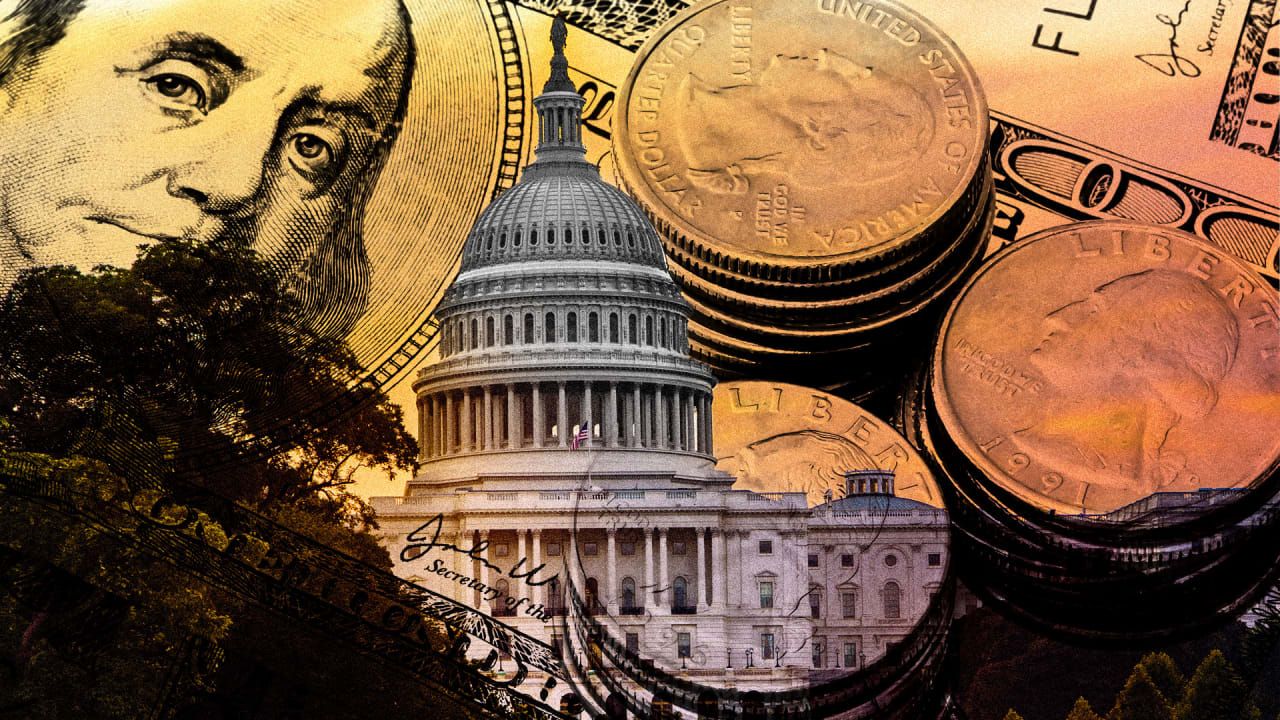
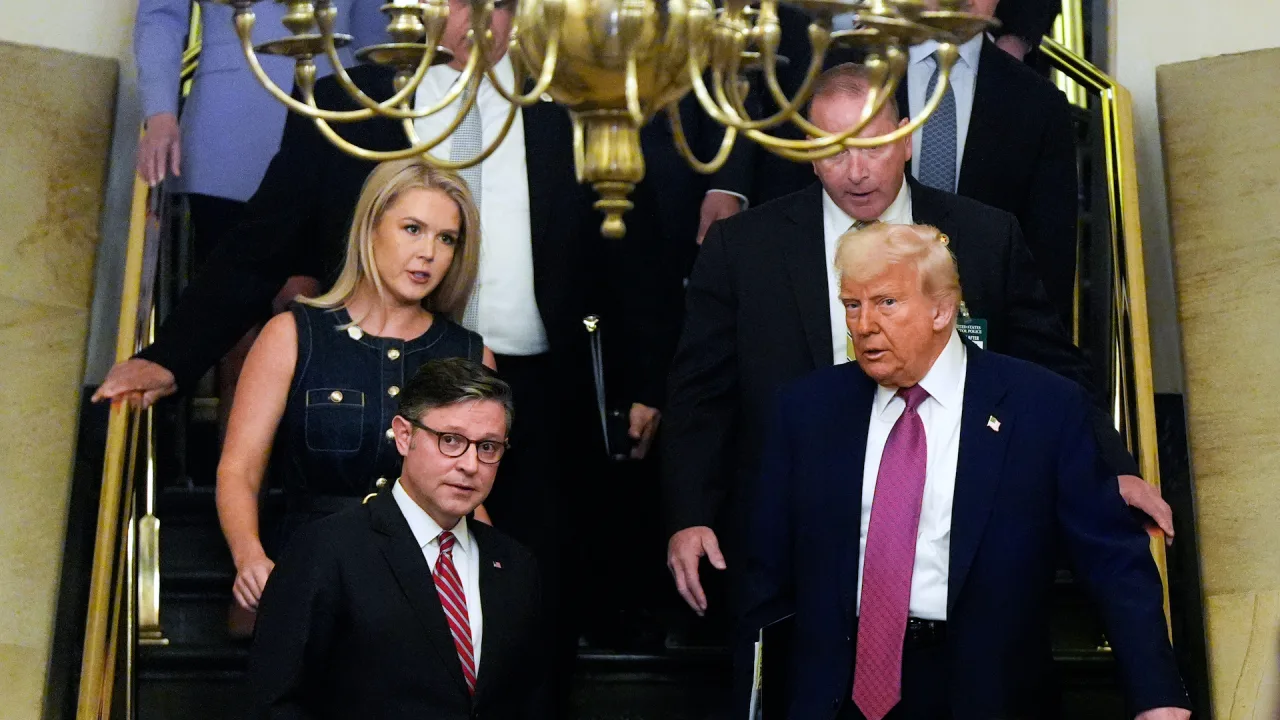





























































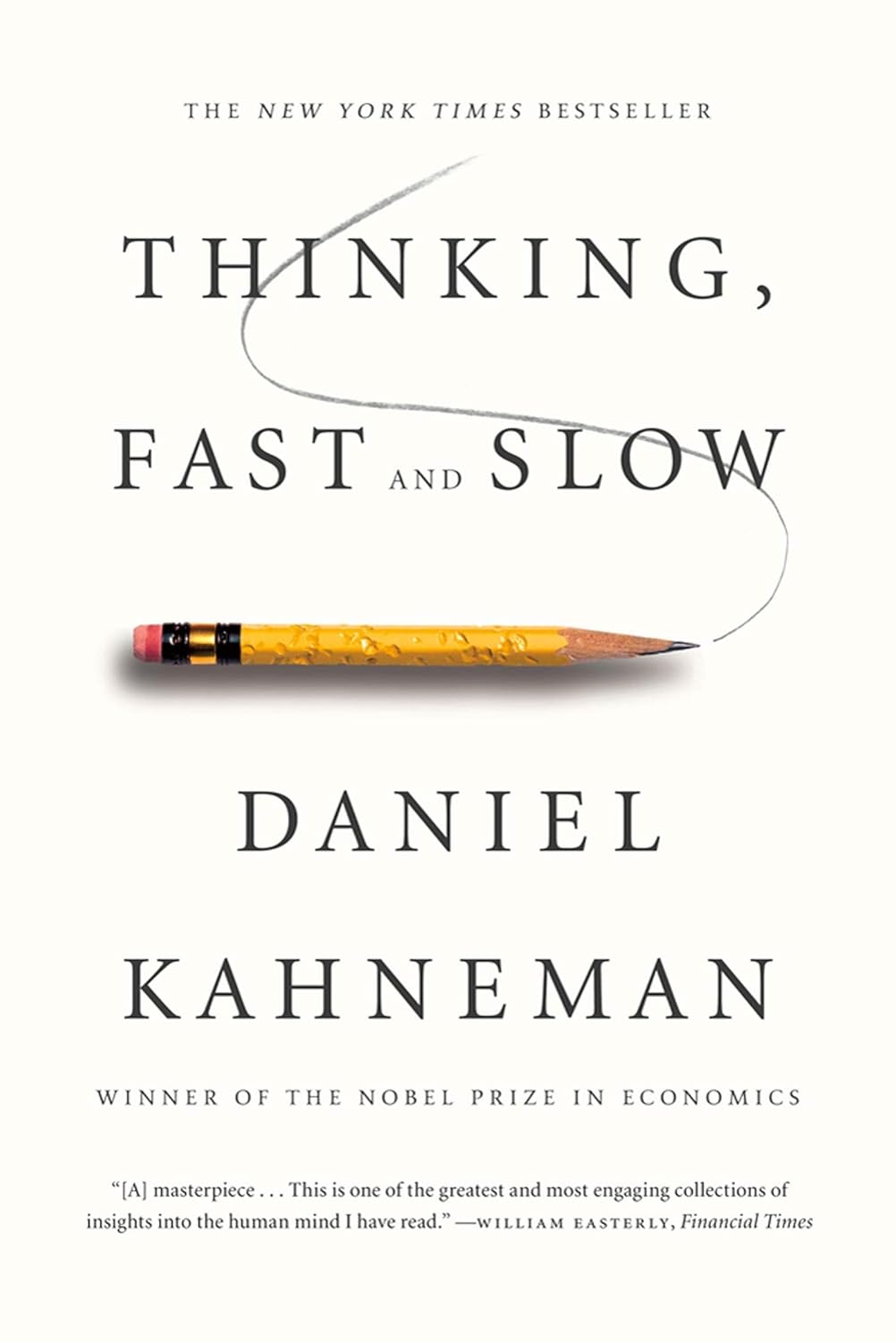



















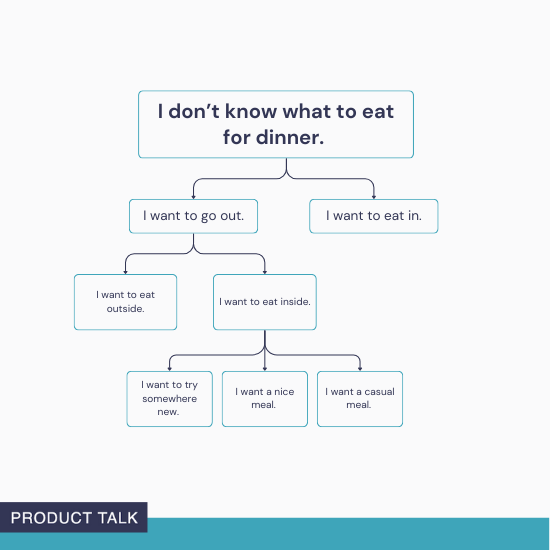

















![Building A Digital PR Strategy: 10 Essential Steps for Beginners [With Examples]](https://buzzsumo.com/wp-content/uploads/2023/09/Building-A-Digital-PR-Strategy-10-Essential-Steps-for-Beginners-With-Examples-bblog-masthead.jpg)













































